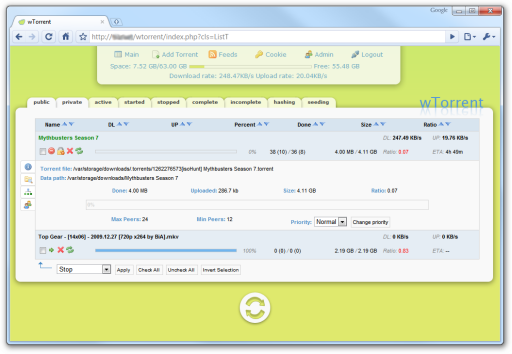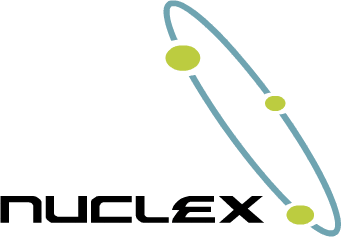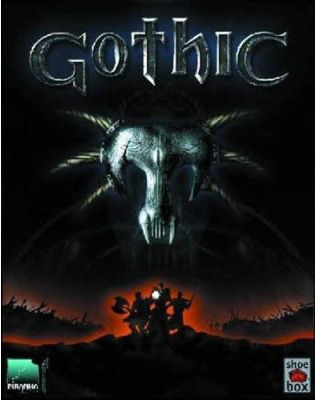If you want to download torrents on your Linux system, there are several clients to choose from. One of the nicest and fastest clients is rTorrent. It is full-featured, supports encryption, dynamic host table exchange and achieves fantastic download speeds.
But its best feature probably is that it isn’t bound to any windowing toolkit. You can install one of its GUI frontends to manage it on your fancy KDE 4 desktop machine, but you can also run it on a headless system and manage torrent from a text-only console. And if you happen to run it on a home server like me, there’s wTorrent, a beaufitful AJAX-driven web frontend that allows you to manage your torrents in your browser.

Installing wTorrent isn’t the easiest thing to do, so, as when I tried to get the best out of my SSD, I decided to write this small article explaining how to do it. I’m using Gentoo Linux, but it shouldn’t be too hard to apply this article to another Linux distribution.
Read More






